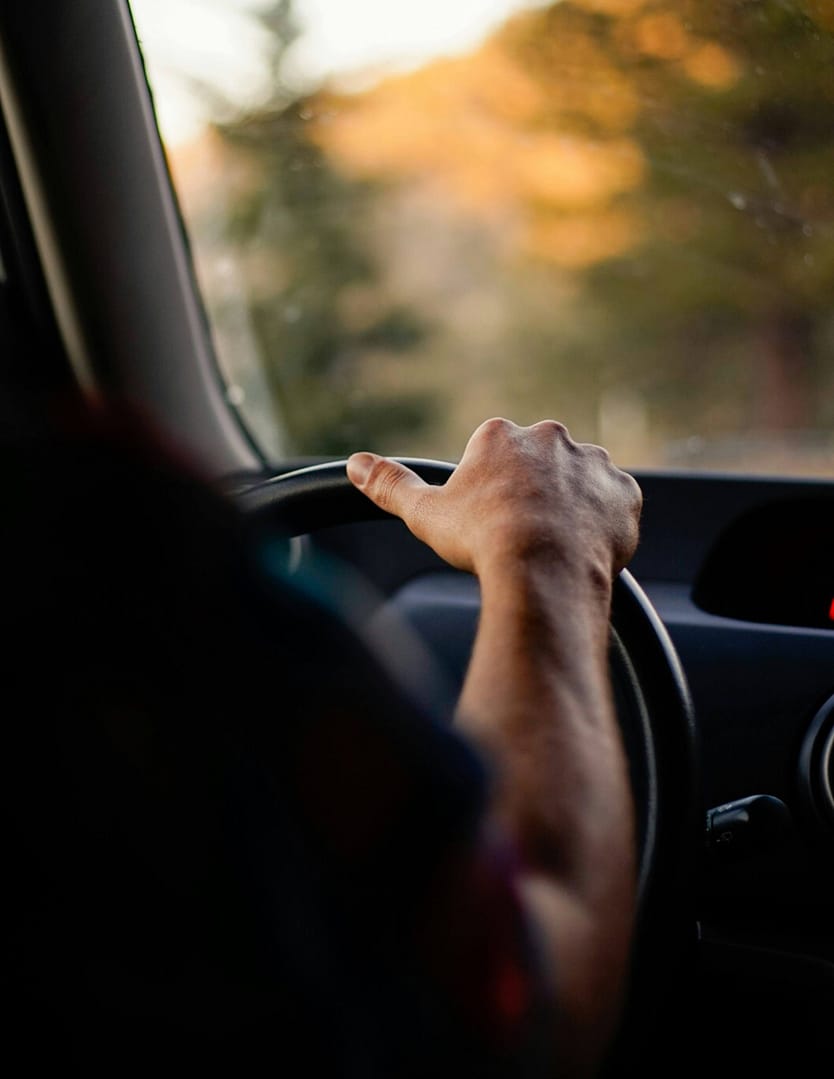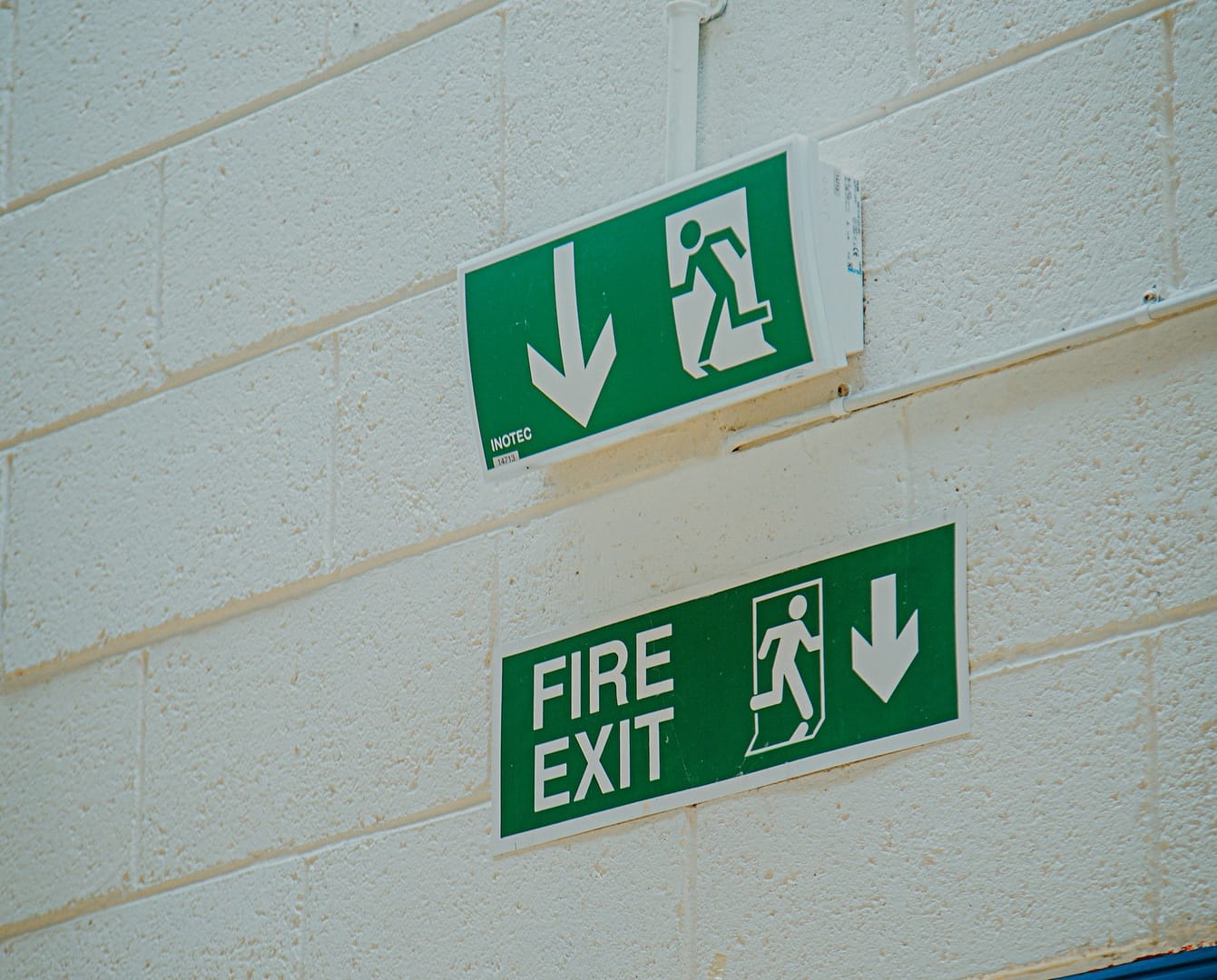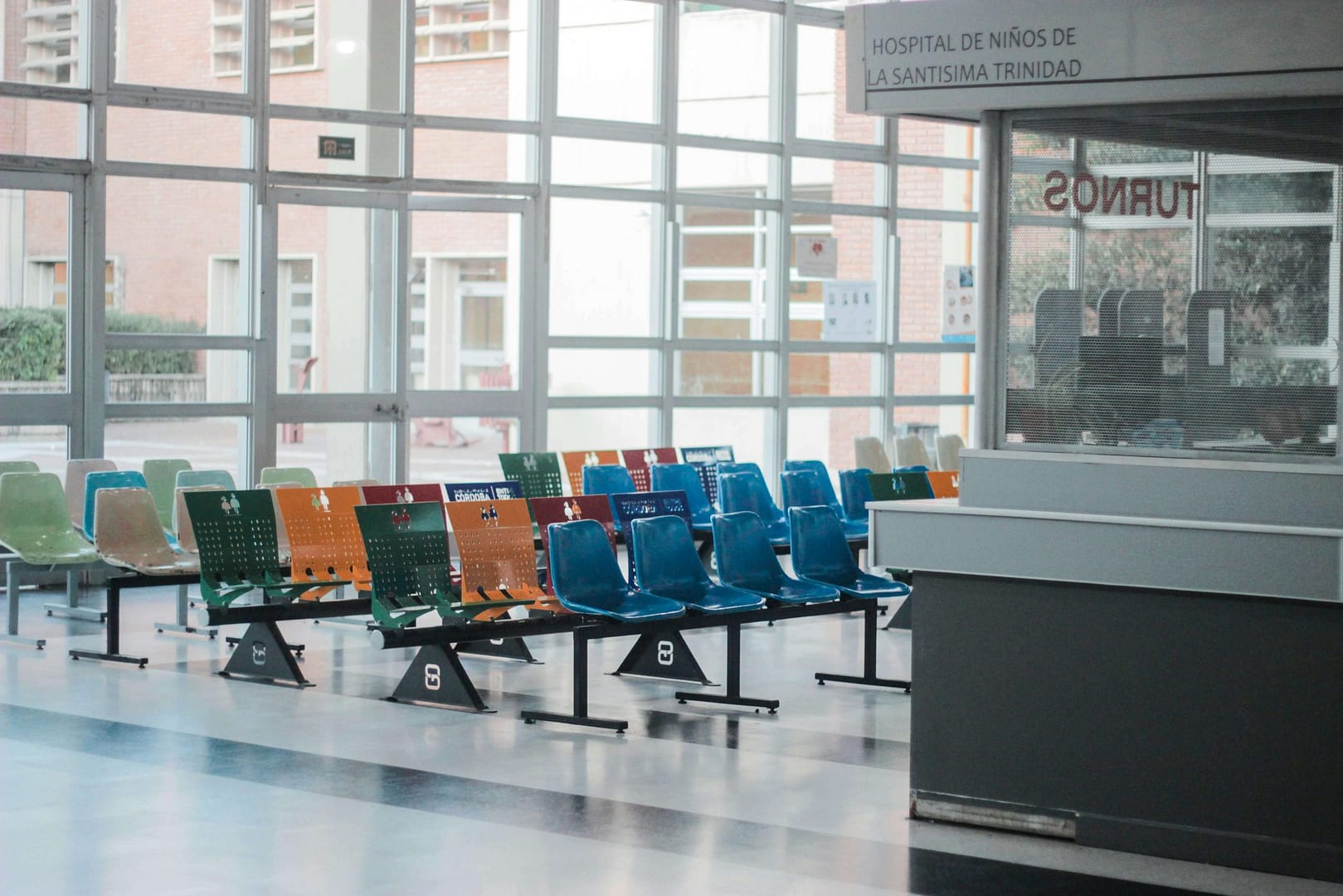When it comes to road safety, one of the most critical factors is how pedestrians cross the road. In the United Kingdom, two common types of pedestrian crossings are Zebra Crossings and Pelican Crossings. But which one is safer? In this article, we’ll delve into the differences between these two types of crossings and explore the factors that determine their safety. We will also delve into the best way to start a road traffic accident claim.
Zebra Crossings
Zebra Crossings are a common sight on UK roads. They are characterised by their distinctive black and white stripes, resembling the pattern of a zebra’s coat. The key feature of a Zebra Crossing is that it gives pedestrians priority. When a pedestrian steps onto a Zebra Crossing, all vehicles, including cars and bikes, are legally required to stop and allow them to cross. The unwritten rule is clear: you wait for the pedestrian to reach the other side before proceeding.
Pelican Crossings
In contrast, Pelican Crossings are a more advanced and automated solution for pedestrian safety. “Pelican” stands for “Pedestrian Light Controlled.” At a Pelican Crossing, pedestrians have to press a button to activate a set of traffic lights, which then bring the vehicles to a stop by displaying a red signal. Once the signal is in favour of the pedestrian, they can cross safely. This automated system aims to provide a controlled and regulated crossing experience.
The Safety Showdown
Now that we’ve explored the basic concepts of both Zebra and Pelican Crossings, let’s dive into the comparison and discuss which one is safer. If you are involved in an accident. Contact National Claims below.
Zebra Crossings: Pros and Cons
Pros:
Simplicity: Zebra Crossings are easy to understand and use. There are no complex mechanisms involved, making them accessible to people of all ages.
Pedestrian Priority: The primary advantage of Zebra Crossings is that they clearly indicate that pedestrians have the right of way. This ensures that vehicles come to a complete stop, enhancing pedestrian safety.
Natural Interaction: Zebra Crossings encourage direct communication between pedestrians and drivers. This fosters a sense of community and shared responsibility on the road.
Cons:
Driver Compliance: While Zebra Crossings give pedestrians the right of way, the safety of these crossings depends on drivers adhering to the rules. Unfortunately, not all drivers stop as they should, leading to potential safety hazards.
Visibility: Zebra Crossings may not always be as visible as Pelican Crossings due to their lack of traffic lights and signals. This can pose a risk, especially in poor lighting conditions.
Pelican Crossings: Pros and Cons
Pros:
Automated Control: Pelican Crossings are equipped with automated traffic lights, which ensure that vehicles come to a complete stop when a pedestrian activates the crossing. This control minimises the risk of accidents caused by human error.
Consistency: The predictable nature of Pelican Crossings means that pedestrians can anticipate when it is safe to cross, leading to a higher level of safety.
Accessibility: Pelican Crossings are designed with features to accommodate individuals with disabilities, making them more inclusive for everyone.
Cons:
Complexity: The automated nature of Pelican Crossings can be overwhelming for some pedestrians, especially the elderly or children. Pressing buttons and waiting for signals may not be as straightforward as a simple walk across a Zebra Crossing.
Vehicle Waiting Times: While the automated system of Pelican Crossings is beneficial for pedestrians, it can be frustrating for drivers. Waiting for the red signal to turn green, especially in areas with heavy pedestrian traffic, can lead to congestion.
Which Is Safer Zebra Crossings Or Pelican Crossings?
The question of which crossing is safer ultimately depends on various factors, including the specific location, the behaviour of road users, and the design of the crossing itself. In the ideal scenario, both Zebra and Pelican Crossings can be safe, but they cater to different needs and have their own strengths and weaknesses.
Zebra Crossings are best suited for areas with lower traffic volumes and where the emphasis is on providing pedestrians with a clear right of way. They promote a sense of shared responsibility on the road and encourage natural interactions between pedestrians and drivers. In such environments, Zebra Crossings can be as safe as any other crossing.
Pelican Crossings, on the other hand, shine in places with higher traffic volumes and complex road layouts. The automated control ensures that pedestrians can cross safely without relying on drivers to obey the rules. This is especially important in busy city centres or near schools where there are a lot of pedestrians and vehicles.
In summary, neither Zebra Crossings nor Pelican Crossings are inherently safer than the other. It is the context and the specific needs of the location that determine which type of crossing is more suitable for ensuring road safety.
The Human Factor
While the design of the crossing is a critical factor, the human element plays a crucial role in road safety as well. Pedestrians, drivers, and cyclists all have responsibilities to ensure safety. Let’s take a closer look at the roles each group plays in enhancing the safety of both Zebra and Pelican Crossings.
Responsibilities of Pedestrians
Pedestrians play a significant role in their own safety when using both Zebra and Pelican Crossings. Some key responsibilities include:
Use the Crossing: Pedestrians should always use designated crossings when available, rather than crossing the road at random points.
Wait for the Signal: At Pelican Crossings, pedestrians must wait for the signal to turn in their favour before crossing. This ensures that all vehicles have come to a complete stop.
Make Intentions Clear: At Zebra Crossings, pedestrians should make their intention to cross clear by stepping onto the crossing. Making eye contact with drivers can also help ensure that they are seen and that vehicles come to a stop.
Responsibilities of Drivers
Drivers have a crucial role in ensuring pedestrian safety at both Zebra and Pelican Crossings. Some of their responsibilities include:
Obey Traffic Rules: Drivers must obey the rules and regulations of the road, which includes stopping at Zebra Crossings when pedestrians are waiting to cross.
Watch for Signals: At Pelican Crossings, drivers must be vigilant and prepared to stop when they see the red signal. Ignoring the signal can lead to accidents.
Stay Alert: Regardless of the type of crossing, drivers must always stay alert and be ready to respond to unexpected pedestrian movements.
Responsibilities of Cyclists
Cyclists, too, must adhere to rules that ensure pedestrian safety:
Dismount When Required: At some Zebra Crossings, cyclists are expected to dismount and walk their bicycles across. This rule ensures pedestrian safety and prevents collisions.
Observe Traffic Lights: Cyclists should obey the signals at Pelican Crossings just like motor vehicle drivers. They should stop when the red signal is displayed, allowing pedestrians to cross safely.
Making a Road Traffic Accident Claim with National Claims
At National Claims, we understand that accidents can happen, even at well-marked pedestrian crossings. If you’ve been involved in a road traffic accident and believe it was due to negligence on the part of a driver, you may be entitled to compensation. Our experienced team of legal experts is here to assist you in making a road traffic accident claim.
To start your claim with National Claims, follow these simple steps:
Contact Us: Get in touch with our dedicated team. You can reach us through our website, by phone, or in person at one of our offices.
Initial Consultation: We will schedule an initial consultation to discuss the details of your accident and assess the viability of your claim.
Claim Initiation: If your claim is deemed viable, we will begin the claim process, ensuring you have the necessary legal support every step of the way.
At National Claims, we are committed to helping victims of road traffic accidents receive the compensation they deserve. Our team is passionate about securing justice for our clients, and we are with you every step of the way.

Conclusion
In the debate of Zebra Crossings vs. Pelican Crossings, there is no definitive answer to which one is safer. Both types of crossings have their strengths and weaknesses, and their safety depends on the specific context in which they are used. Road safety is a shared responsibility that involves pedestrians, drivers, cyclists, and road authorities. To create safer road environments, it’s essential to consider a holistic approach that includes road design, education, awareness, and enforcement of traffic rules.
Ultimately, the safety of any crossing, whether Zebra or Pelican, is determined not just by its design but by how effectively it is used and respected by all road users. By promoting safe behaviours and designing road infrastructure with pedestrian safety in mind, we can work towards reducing accidents and ensuring the well-being of all road users.
And remember, if you find yourself in a road traffic accident, National Claims is here to provide you with the legal support you need to seek compensation and justice. Your safety on the road is our priority.
Contact us today to start your claim and be put in touch with one of our claims specialists.
Click below to see why we are one of the most trusted claims management companies in the UK.

We’re proud of our excellent customer reviews
We thrive on delivering exceptional service and ensuring our clients’ satisfaction. Don’t just take our word for it. Check out some of our independent reviews to see what our clients have to say.
Excellent

This firm is excellent, they sorted out my car pay out and injury claim very fast, they always communicate with you all the time.

My accident case was dealt with confidence and with great result of the outcome, especially James kept me informed all the time.

I was very impressed at the way my inquiry was treated. I was listened to attentively and everything I needed to know was explained to me.






